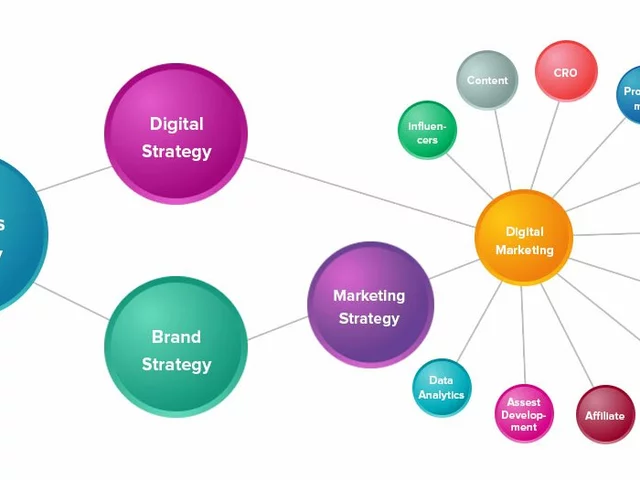How to Supercharge Your Website Traffic Today
Feeling stuck with a quiet website? You’re not alone. Most beginners think traffic magically appears, but it’s just a mix of good content, smart promotion, and a dash of tech tricks. Below are the moves that actually work, no fluff.
1. Make Search Engines Your Best Friend
Start with keyword research. Grab a free tool, type in what your audience might type, and note the exact phrases. Sprinkle those phrases naturally in titles, headings, and the first 100 words of each page. Don’t overdo it – search engines hate keyword stuffing.
Next, speed up your site. A slow page kills rankings and users alike. Compress images, enable browser caching, and consider a lightweight theme. Test your speed with Google PageSpeed; aim for a score above 80.
2. Leverage Content That Gets Clicked
People search for answers, not just products. Write how‑to guides, listicles, or quick tip posts that directly answer common questions. Keep paragraphs short, use bullet points, and add a clear call‑to‑action at the end – “Download the free checklist” or “Try our tool now”.
Repurpose that content on other platforms. Turn a blog post into a short video, an infographic, or a series of social media snippets. Each format reaches a new slice of your audience and feeds back to your site with referral traffic.
Don’t forget mobile users. Over half of global traffic comes from phones, so your site must be responsive. Test the layout on a few devices; if buttons are hard to tap, visitors will bounce.
3. Harness Social Media and Community Hubs
Pick two platforms where your ideal visitor hangs out – Instagram for visual brands, LinkedIn for B2B, TikTok for younger crowds. Share a teaser of your latest article, then link back to the full post. Use relevant hashtags and engage with comments to boost reach.
Join niche forums or subreddits. Answer questions genuinely, and when appropriate, drop a link to a detailed guide you’ve written. This builds credibility and drives targeted traffic.
4. Boost Visibility With Email & Lead Magnets
Collect email addresses with a simple pop‑up offering a free checklist, template, or mini‑course. Send a weekly roundup that highlights your newest content and includes a single, clear link to each article. Consistent emails keep visitors returning.
For marketing agencies, lead generation methods like offering a free audit or a short video walkthrough can pull in high‑intent prospects. The key is to provide real value before asking for a sale.
5. Track, Tweak, and Scale
Install Google Analytics and set up a goal for each key action – page view, form submit, download. Review the data weekly: which posts get the most visits, where those visitors come from, and how long they stay. Double down on the winners and improve the underperformers.
If a post is getting clicks but a high bounce rate, the content probably doesn't match the headline’s promise. Adjust the intro, add more depth, or link to related articles to keep readers moving.
Remember, traffic growth isn’t a one‑time sprint. It’s a habit of regularly publishing useful content, promoting it where your audience lives, and fine‑tuning based on real data. Follow these steps, and you’ll see a steady climb in visitors without needing a massive budget.

